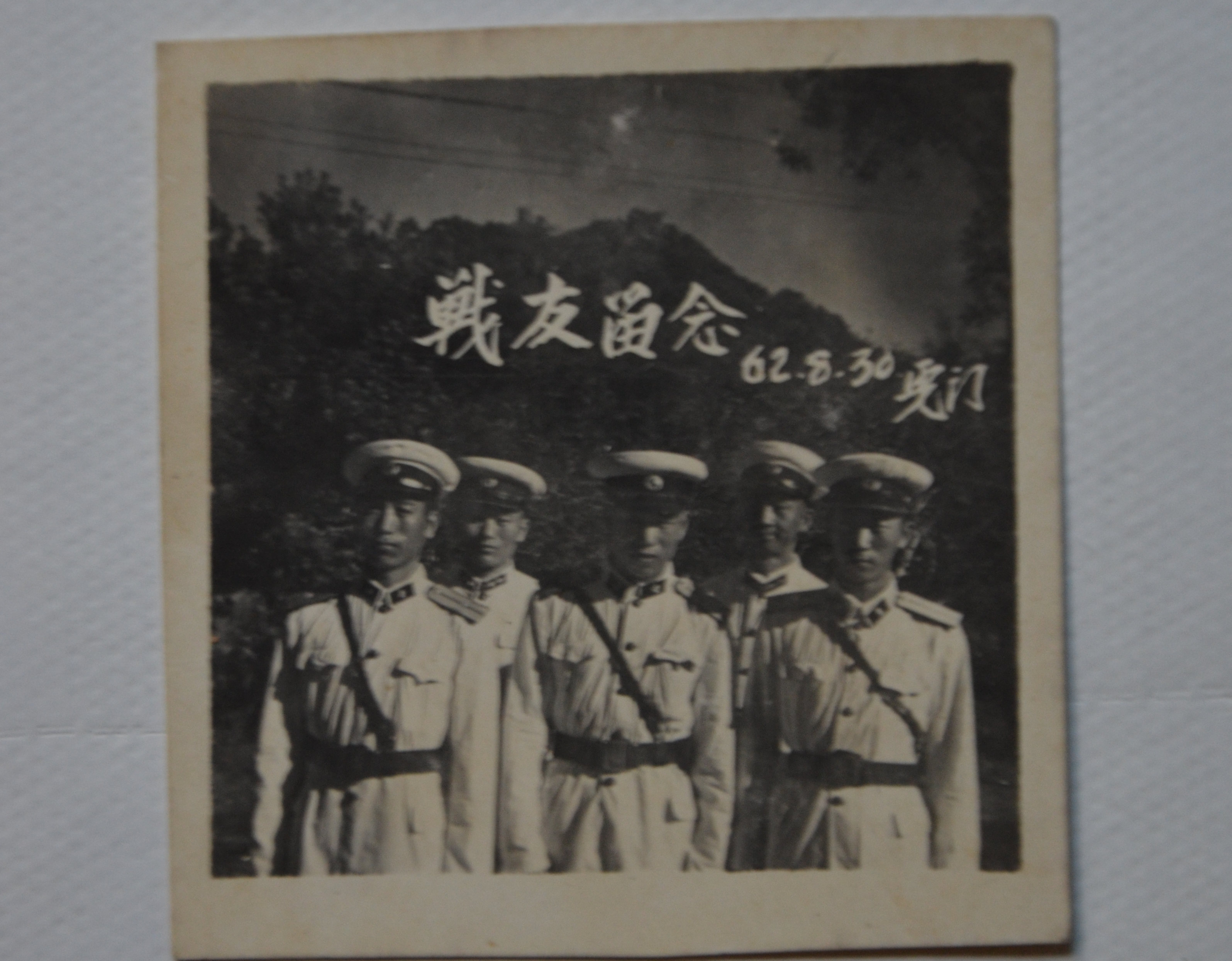天净沙·秋思
——马致远
枯藤老树昏鸦,
小桥流水人家,
古道西风瘦马。
夕阳西下,
断肠人在天涯。
译本一:
Tian Jing Sha
Autumn Thoughts
Dry vine(藤), old tree, crows at dusk.
Low bridge, stream running, cottages,
Ancient road, west wind, lean nag(老马),
The sun westerning,
And one with breaking heart at the sky's edge.
(Wayne Schlepp译)
译文赏析:该译文中保留了汉语原文的意象并置、功能词省略等形式,使得原诗的体彩特征得以传播。一个意象与另一个意象并置叠合会产生微妙的效果,因为它凸显意象,借助词语缺席,能引起读者审美注意并产生联想。“Dry vine, old tree, crows at dusk. Low bridge, stream running, cottages.”使读者在头脑中也构建了一幅与汉语诗相类似的画面。虽然该译文缺乏节奏感,也不押韵,但很好地做到了意美并保留了原诗简洁的特色。
译本二:
Autumn
Crows hovering over rugged old trees with withered vine-the day is about done.
Yonder(那里) is a tiny bridge over a sparkling stream,
and on the far bank, a pretty village.
But the traveler has to go on down this ancient road,
the west wind moaning,
his bony horse groaning,
trudging towards the sinking sun,
farther and farther away from home.
(翁显良译)
译文赏析:翁显良先生的译文不拘泥于原文形式,采用了散文释义的方法。译文主要传达了原诗意境,而舍弃了原诗的韵律和形式,缺少诗的风格。译文中有几处用了头韵:wreathed with, sparkling stream, west wind, sinking sun, 此外还有尾韵:moaning, groaning, sinking trudging。这些头韵和尾韵诠释了译文的韵律,且译文ing形式的使用使译文呈现出动态美。其中“moaning”和“groaning”是半拟声词,似乎是在告诉读者“瘦马”和“西风”都在为游子的孤寂和痛苦而哭泣,不仅能够联想视觉的凄美,还能使译文产生动态效果。
译本三:
Tian Jing Sha
Withered vines hanging on old branches,
Returning crows croaking(呱呱地叫) at dusk.
A few house hidden past a narrow bridge.
And below the bridge quiet creek(小溪) running,
Down a worn path,in the west wind.
A lean horse comes plodding.
The sun dips down in the west,
And the lovesick traveler is still at the end of the world.
(丁祖馨译)
译文赏析:该译文结合了中西诗歌的特点,以简练、优美的语言,用符合英诗的表达方式翻译,基本上保留了原诗的意美、形美和音美,让译文读者更好地了解和学习中国古诗的格律和节奏。但与原诗相比也增加了很多词。
结语:面对同一首诗,三位译者却使用了不同甚至相差甚远的表达形式。我们不能以简单的好或坏、对或错去评判以上三个译本,因为任何译作都是在一定的社会、历史、文化等因素的影响下针对不同目的创作出来的,都有其适用性和针对性。我们应尊重差异,从不同角度去解读欣赏译作,扩大我们的视野。
转载请注明来自河南新代实业有限公司,本文标题:《《天净沙·秋思》英译赏析---仅供学习分享 》










 京公网安备11000000000001号
京公网安备11000000000001号